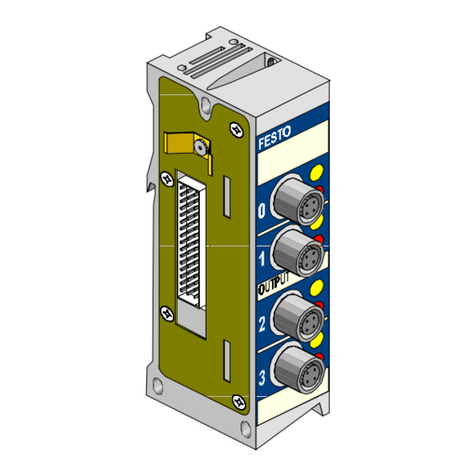
Hardy Instruments • 9440 Carroll Park Dr. • Suite 150 • San Diego, CA 92121-5201
Tel 858.278.2900 • Fax 858.278.6700 • www.hardyinstruments.com • hardyinfo@hardyinst.com
The performance of the module is greatly affected by the module’s setup. If the module
system configuration is in question, contact your System Engineer or Hardy Instruments
Technical Support for additional assistance. 1-800-644-8550 ext 1757
A flashing red FAULT led on the front of the HI1746-WS module means there is a load
cell or signal input problem.
Typically, the following possibilities apply.
1. Is the wiring correct?
a. Load cell
b. Intermediate connection in the summing junction box.
c. Cable runs routed away from high voltage.
d. Shields terminated all the way back to a single ground drain.
i. Load cell shields do not contact the body of the load cell.
ii. Verify, with an ohmmeter, the shield is continuous to a single ground
point.
2. Is the load cell installed correctly?
a. Upside down
b. Is the load cell mounting level?
c. Is the weight force applied only in the vertical plane?
3. Is the load cell is damaged?
a. Impact, Welding, Lightning,
b. Miss-handling the load cell or cable.
4. Monitor load cell for valid signal voltages.
a. Measure excitation for 5 volts DC
b. Measure the signal input for a positive 0-15 millivolts.
c. Insure the sense lines are attached or the sense jumpers are installed. Sense
lines maintain the Millivolt reference level.
i. Sense lines are attached to the sense connections on the module
terminal strip to the Excitation terminal of the summing junction box.
ii. Sense jumpers are factory installed on the module terminal strip from
excitation plus to sense plus and excitation minus to sense minus.
iii. The sense jumpers should only be removed if sense wire is installed.
5. Are the piping and flexures correctly installed?
a. Mechanical will show as slow weight response, incorrect weight, unstable
weight, or no weight response.
i. Verify all pipes and conduit attached to the scale are flexible and not
applying or dividing any force.
ii. If you can shake the pipe and conduit, it is flexible.
iii. Relocating pipe supports away from the scale will allow a greater
range of movement.
iv. Verify any overload, lift-off, or check rod assemblies are not
interfering with the scale operation.





















